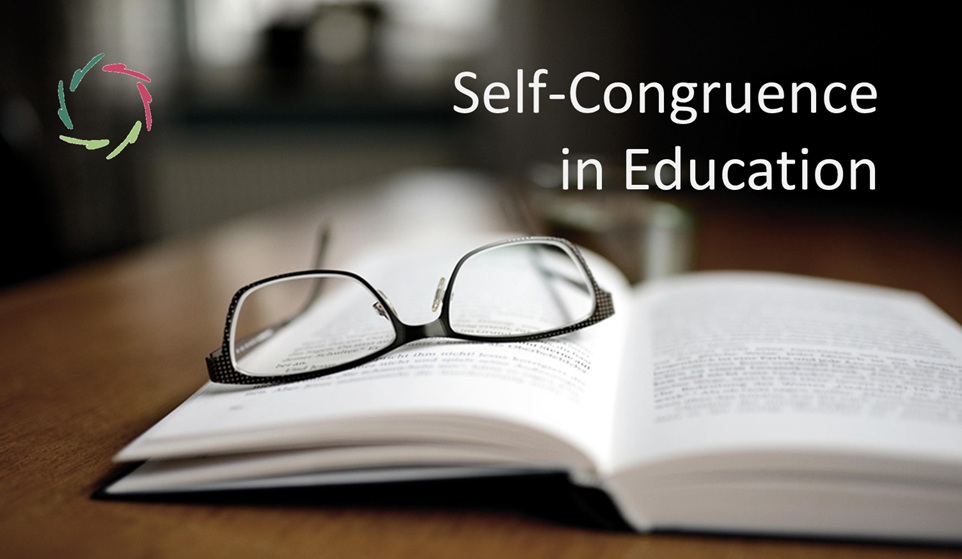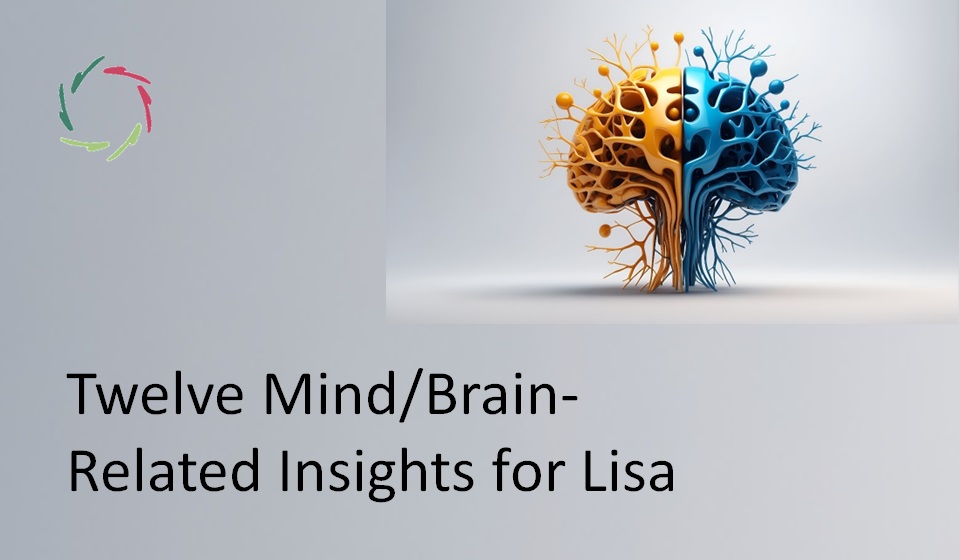Neutrality as Art

This is the art of not taking sides in a conflict – big or small – and yet not being indifferent.
Eternal shame
In a world of looking for and creating ‘the enemy,’ many are continually keen on discerning which side anyone stands on. Almost inevitably, neutrality gets overrun this way. Not taking sides gets automatically seen as taking the other side.
This plays a role at a large scale in many concrete issues and even wars — at present, for instance, in Ukraine and Israel. Some call the sheer taking of one warring side or the other ‘patriotism.’
How shameful to humanity!
Real patriots don’t kill each other just for being ‘the enemy’ ― especially since it’s eventually almost always counterproductive, as any hatred.
Neutrality as art
This is not about staying in the middle ground between both sides. It’s also not about compromises for both parties to live by, as preferable as this can be compared to nothing.
Neutrality as art (NAA) is about finding and enlivening the deeper ground where both sides can meet and appreciate each other from the inside out ― even at the opposite sides of an enemy abyss. Note that this is no dumb-minded pacifism.
Not easy!
NAA is also the stance from which any good art is created ― subtle and dynamic.
Compassion
NAA is about Compassion as ‘subconceptual enlightenment in action.’ It corresponds with the (also subconceptual) Emptiness, if you like, that can be found in Mahayana Buddhism as the core of active Compassion.
NAA is the neutrality of potential, from which the ideal action can better be seen and taken. The involved listening is deep listening. The ensuing act itself is then an act of Compassion.
No guarantee
Of course, this action is not guaranteed to solve all problems.
In a messy world, NAA generally leads to a dynamic flow of decisions. Neutrality shows in each of them by not taking sides for the sheer commonness of doing so. NAA stands above this, enabling intensely creative solutions that emerge from the flow and transcend mere compromise.
By doing so, NAA diminishes polarization ― if only by being profoundly present and not putting fuel upon fuel. See also AURELIS Transformative Mediation.
Leadership
Open Leadership is crucially Open to NAA. Openness and the envisioned neutrality profoundly intermingle. Therefore, every leader should see this as the basis of leadership ― in which one can grow indefinitely.
The direct goal of NAA can be seen here as the subtle and artful point from which any direction can be explored while not disrespecting others. An Open Leader learns to be at this point and to communicate from here, dynamically bringing people together instead of polarizing them. There is no art in the latter, but rather an absence of ethics. There is a ton of (coaching) art in the former.
Will art save the planet?
Absolutely.


